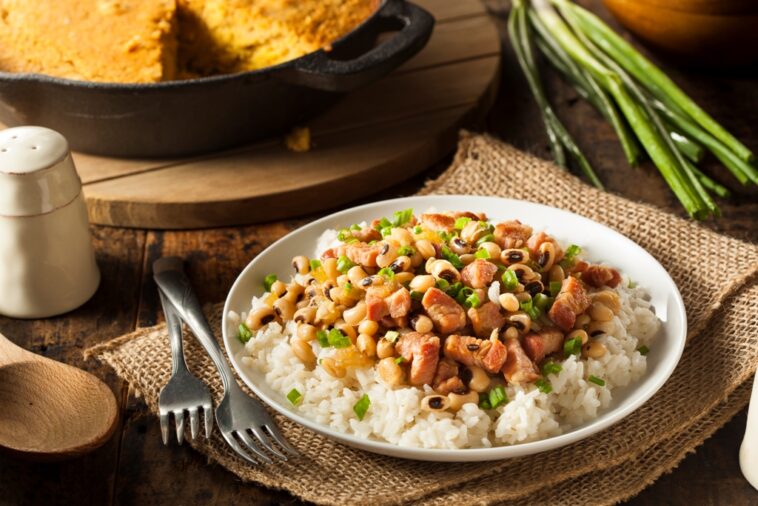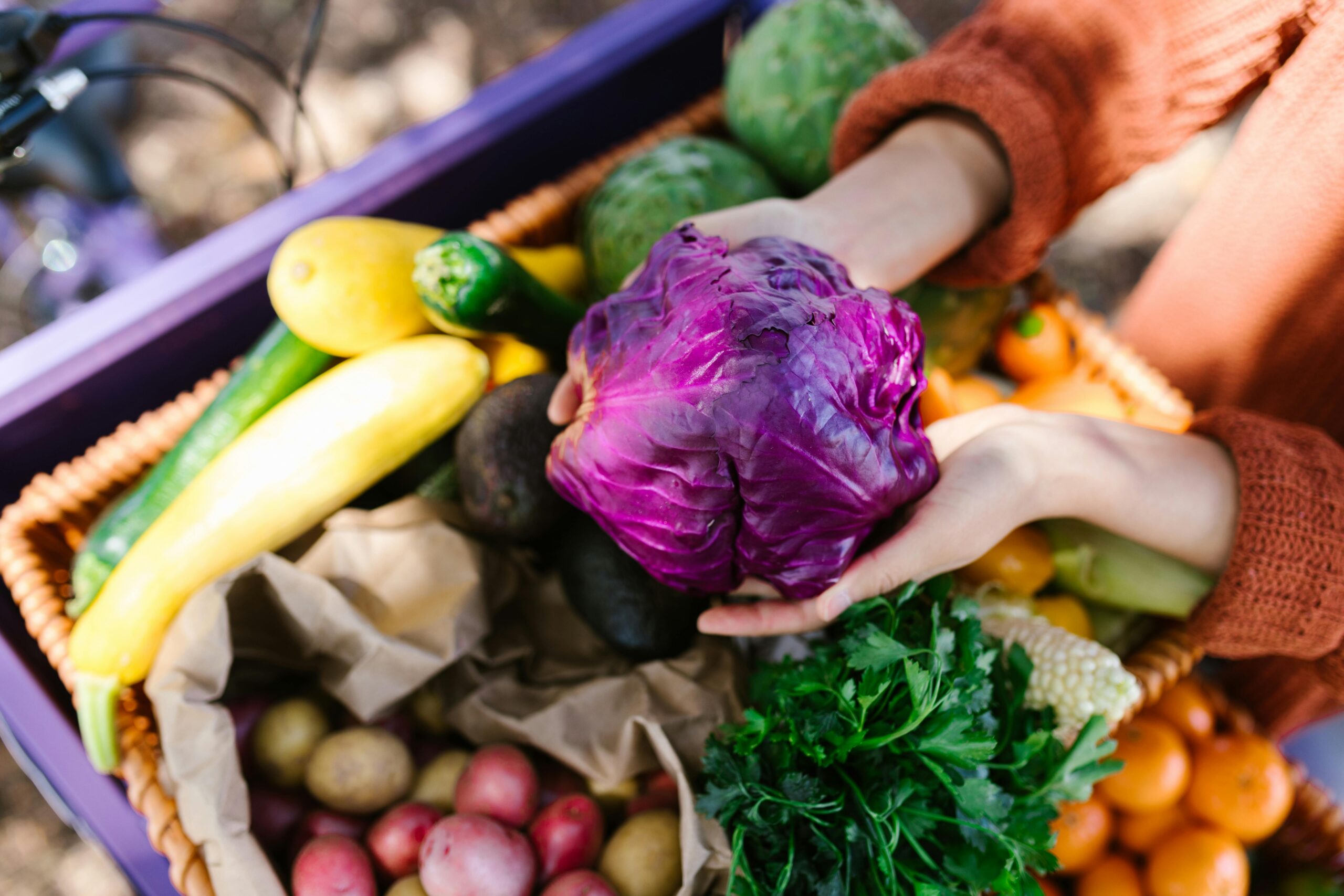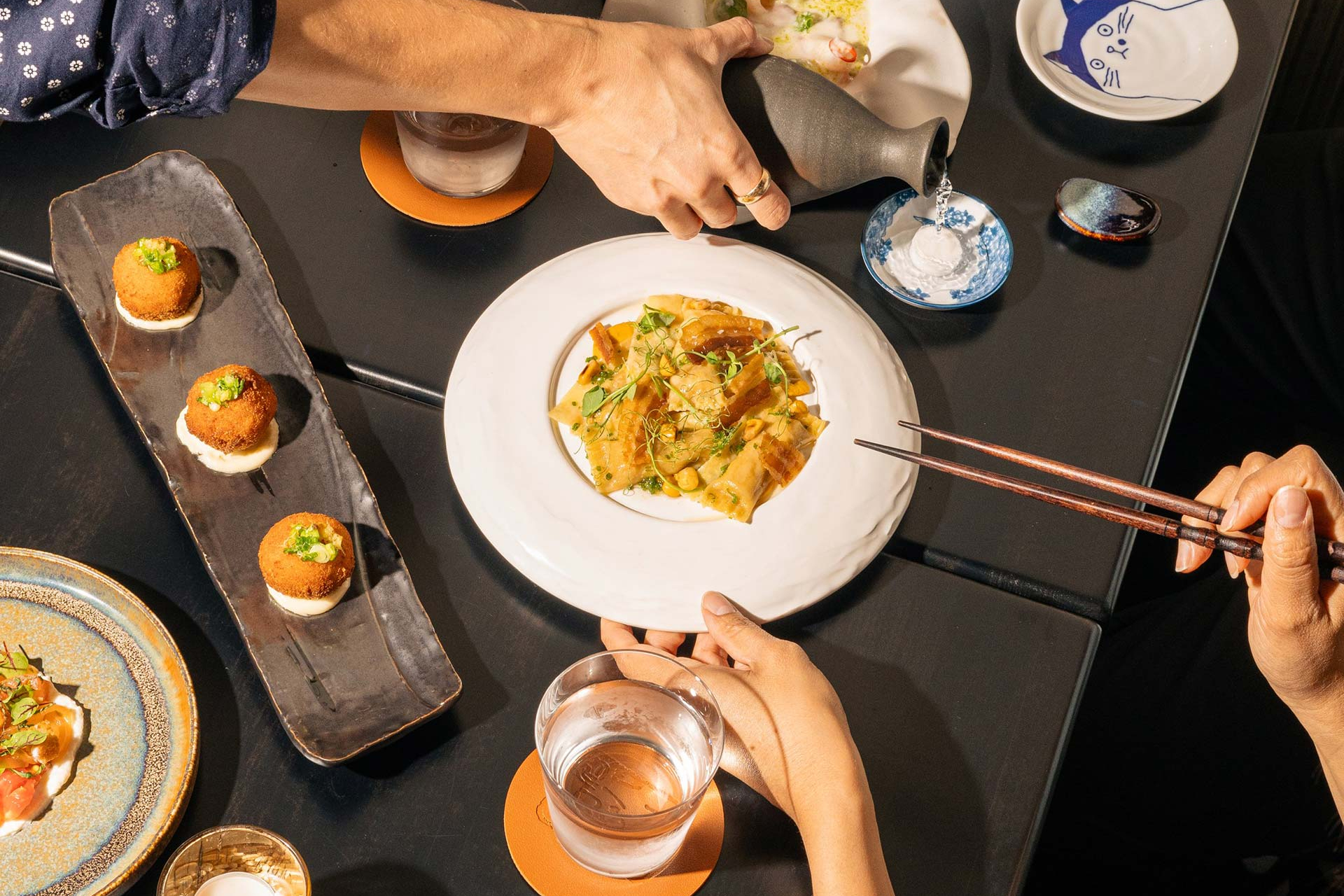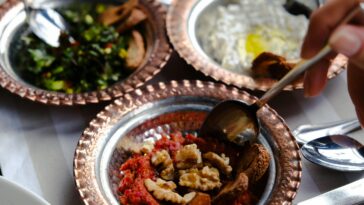New Year’s Day is steeped with traditions that are thought to bring prosperity and good luck in the year ahead. Many vary by country, but the themes are generally the same and a lot of them revolve around food. So once you have kissed the person you hope to keep kissing when the clock strikes midnight, make sure you have everything you need to prepare your good fortune dishes on New Year’s Day.
Southern Traditions
In the southern United States, a major theme represented through food is financial prosperity. It is believed that if you eat poor on the first day of the New Year, you will eat rich each day moving forward. Round foods like black-eyed peas and lentils symbolize coins, leafy greens like collard greens and kale symbolize paper money, and golden dishes like corn bread symbolize gold. Black-eyed peas are the most commonly consumed “coin” for New Year’s Day, often served over rice with a side of greens and cornbread. It is said, though, that one must consume 365 black-eyed peas on New Year’s Day to ensure financial prosperity each and every day of the New Year.
It is said that this budget-friendly New Year’s Day menu is good for your wealth, but it’s known that it is also good for your health. Black-eyed peas are high in fiber, potassium and iron while being low in fat, calories and sodium. Also rich in fiber and vitamins that can fight cardiovascular disease and other illnesses is leafy greens. As long as these items are cooked in a healthy way, you’ll get a huge dose of vegetables while ensuring good luck in the New Year.
The Role of Meat in Tradition
Pork is also thought to represent prosperity in the United States, Spain, Hungary, Austria, and many other countries. Throughout history, it was believed the ability of a person or family to own and slaughter their own pigs was a sign of prosperity. The larger the herd of livestock, the higher the status that family had in their community. But pigs are also a symbol of progress, which is why consuming some form of pork on New Year’s Day continues to be a lucky tradition. Pigs have taken on this symbol because of the fact that they root forward with their snouts rather than backwards.
Chickens are considered unlucky because they scratch backwards – similarly to the backward movement of lobster – representing setbacks. These food items should clearly be avoided on January 1.
What Foods Bring Good Luck?
Foods in the shape of a ring, like donuts and bagels, are eaten throughout the United States for good luck. Those living in Poland, Hungary and the Netherlands also eat ring-shaped treats because they represent the year coming full circle, which leads to good fortune.
Spain began the tradition of eating 12 grapes before the strike of midnight, with each grape representing a month of the year. Portugal and Central American countries like Venezuela and Peru followed suit. The taste of each grape represented how the corresponding month would go for the consumer. If the 2nd grape an individual consumed was sweet then it was thought that February would be a prosperous month for them; if the 6th grape had a tart flavor then June would likely be a rough month for them.
Japanese cultures enjoy toshikoshi soba, or year-end soba, on New Year’s Eve. Toshikoshi means to jump from the old year into the new, and the size of the soba noodles represent longevity of life. In this tradition, the noodles should never be shortened or broken while cooking or eating. It is also bad luck if all of the noodles haven’t been consumed by midnight, so make sure you slurp everything in your bowl before the ball the drops.
While these traditions may have spurred from folklore, adopting the tradition of your choice is something your whole family can enjoy year after year as you prepare for it together. And you never know; you may have a prosperous year ahead if you take part.
Try It For Yourself
For those looking to ring in the New Year in southern style, try this Hoppin’ John recipe from Chef John Rivers of The Coop. Since it includes pork, serve it with a side of greens and cornbread and you’ll have your good fortune covered for 2015.
Hoppin’ John
Yield: 1.5 gallons
Ingredients:
1 pound cooked black-eyed peas, drained and washed
1 large smoked ham shank or 2-3 smaller hocks
1 quart chicken broth
1 cup bacon, diced
4 T salted butter
1 ½ cups Vidalia onion, small diced
1 cup diced celery
1 T minced garlic
2 T white vinegar
1 bay leaf
1 t salt
1 t black pepper
¼ t cayenne pepper
1 cup diced tomato
4 cups cooked white rice (with 4 T butter and 1 t salt)
Directions:
In a large saucepot, boil ham shanks or hocks in water to loosen meat, typically 45 minutes to an hour. Allow it to cool, cut off the meat, and rough chop it, reserving the bones. In a large pot, cook the bacon until just shy of crispy. Add chopped ham, onion, celery, salt, pepper, and cayenne. Cook five minutes or until onion and celery is soft. Add garlic and cook another two to three minutes. Add peas, chicken broth and bring to a boil. Reduce to simmer, add remaining ham bones, tomato and butter. Cover and allow the dish to simmer for 30 minutes. Add additional chicken broth if mixture becomes dry. Remove bones, fold in cooked rice, and serve.































Comments